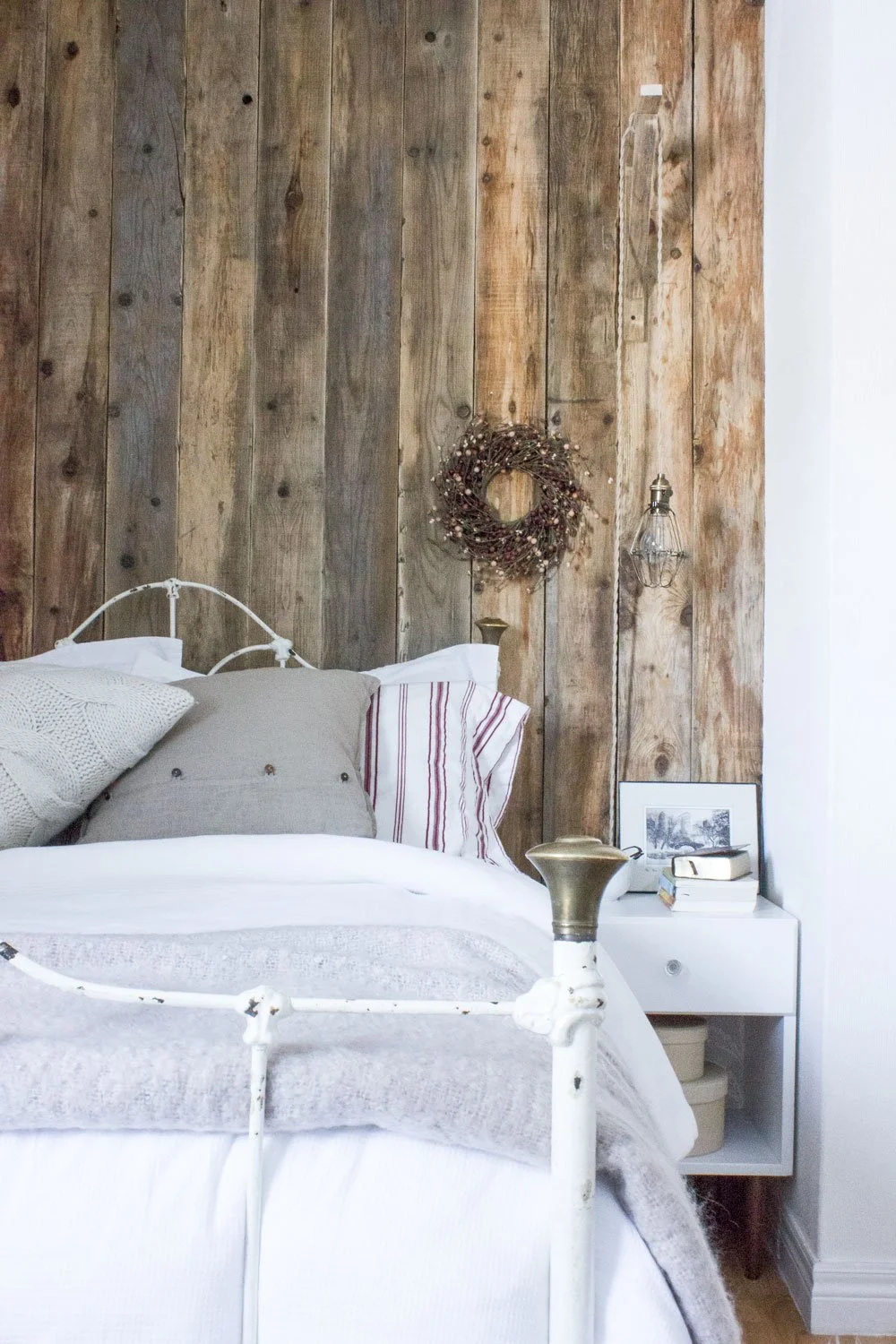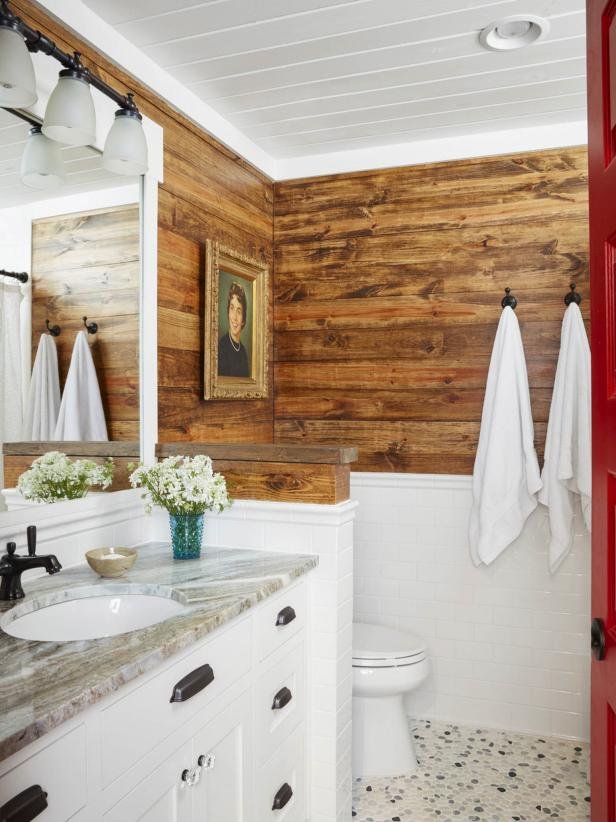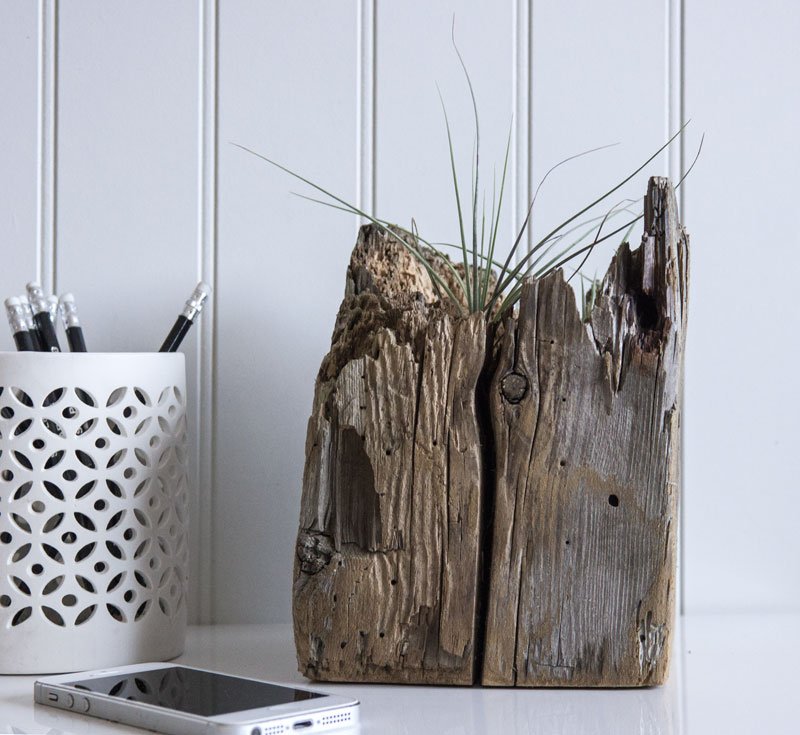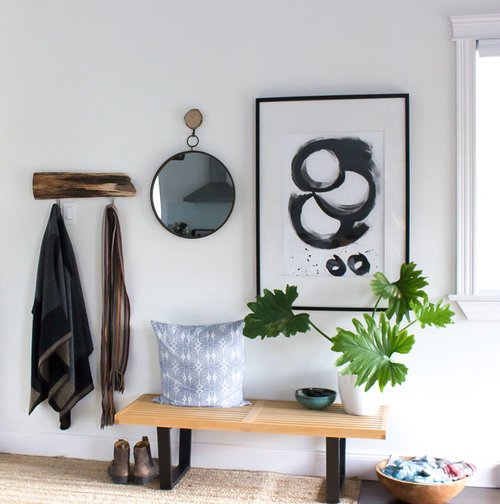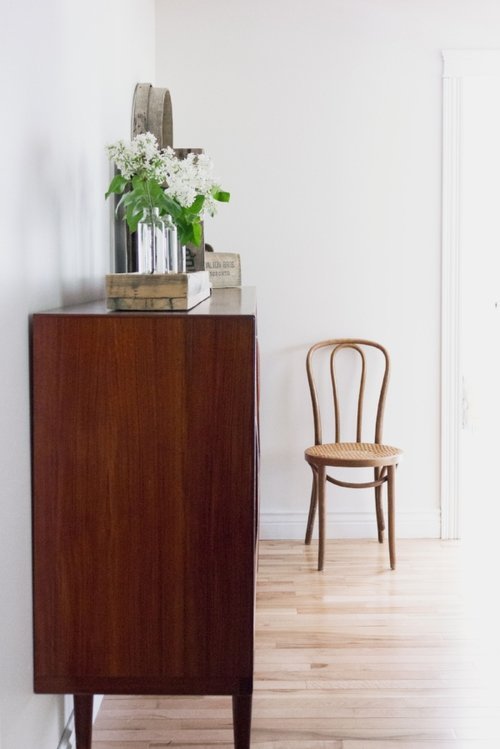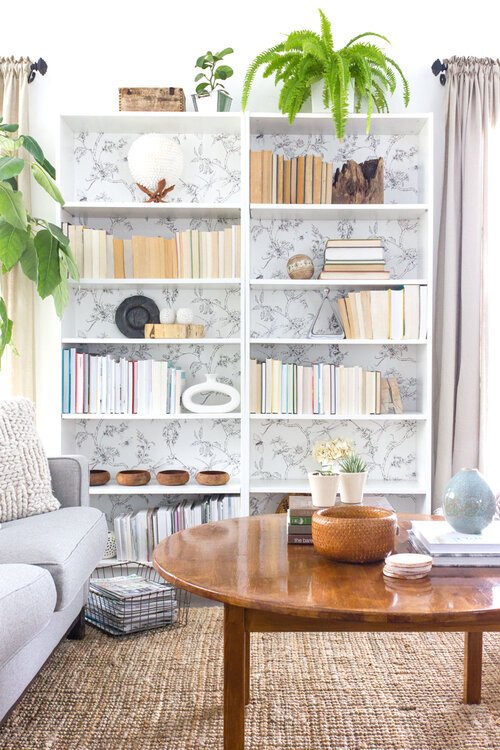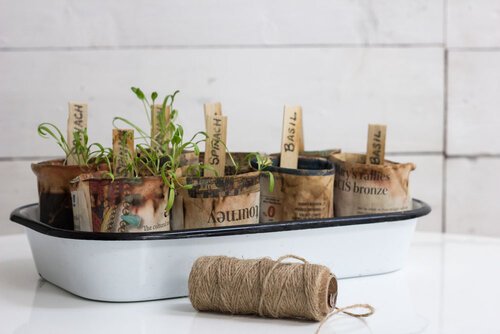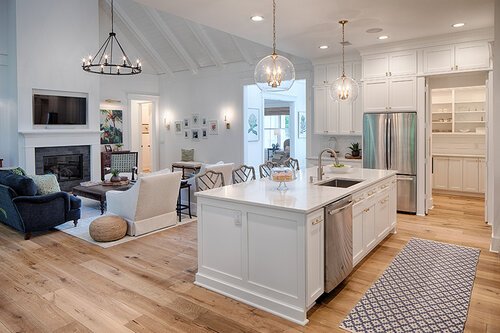How To Clean, Prep And Install Reclaimed Wood Plank Walls
I'm loving wood plank walls as a feature in homes. And by the look of Pinterest and Instagram, so are lots of others.
Reclaimed wood accent walls can look rustic or modern depending on how you use them, but what's best about this trend is that it introduces a natural element in the home that immediately grounds us and connects us with nature.
The trick to wood plank walls is to keep it simple.
Use reclaimed barn boards on only one feature wall in a room to keep the look simple yet make a statement. They look great as an accent wall in a bedroom or living room. In the kitchen you might front face an island with barn wood or perhaps DIY a barn board backsplash. And barn boards are surprisingly stylish and functional in a bathroom as well.
The point is, use reclaimed wood walls sparingly but in strategic places, unless you want to go for the whole wood-rustic cabin feel.
The other key to using reclaimed wood on your interior walls is to thoroughly clean and dry the boards before installing.
HOW TO CLEAN AND INSTALL RECLAIMED WOOD TO USE INSIDE THE HOUSE
1. Choose your wood.
Reclaimed barn boards give a rustic look in your home; maple or oak (perhaps old flooring that is being reused on the wall) has a more modern feel; MDF or tongue and groove boards used in shiplap horizontal style are great for a farmhouse look.
You'll want to choose a board that's as light as possible, so thin is good, but not too thin that it will bow over time or in a dry-heated home in winter. Barn boards are generally old and dry so they're light to begin with - no worries there. Tongue and groove floor boards are quite light as well.
2. Clean and prep the boards.
Clean old barn boards with a hard bristle or steel brush to remove dirt and grime, then give them a good scrubbing with borax and water. Let them dry completely - outdoors in the sun and then inside sometimes even for a few weeks in a covered area if they were damp to begin with.
Then lightly sand them with a palm sander as a final step, which takes out any splinters and brings out the knots and rich grain. I don't typically treat salvaged wood barn boards unless they are going in a wet zone like a bathroom or kitchen backsplash. In that case I'll coat them with a water-based poly sealer in a matte finish so it doesn't affect the natural look I want.
If you're going for the shiplap look, clean older boards as per above, and then prime and paint them white or stain them for a natural look. Or just lightly whitewash them by watering down the white paint and let the grain and knots show through for a natural look.
3. Prep the walls.
If using barn boards or if you’re leaving your wood natural and not painting it out, paint the wall they're going on black or brown so that you can't see a white wall poking through the cracks. Of course, paint your walls white if using white shiplap, so that any wall space that shows behind isn’t noticeable.
If you're installing your boards vertically you'll need to install horizontal strapping for them to be nailed to - every 12 inches or so horizontally across the wall. Use a stud finder and an air nailer or an old fashioned hammer and nails to secure the strapping to the studs.
4. Cut your boards.
To DIY your wood walls, first square off the ends of your board, then measure the length you'll need and use a speed square and pencil to mark off where you need to cut. Cut your pieces with a chop saw or hand saw. If installing vertically, all of your boards will be the same length (but double check this in different spots along your wall in case the floor or ceiling isn't level). If installing horizontally, measure them all the same or use scraps of various lengths.
5. Lay them out.
Starting in the middle, line up your boards to ensure a level and tight fit. You may need to play around here a bit to see which boards fit best next to each other. Don't worry about a few gaps- it will add to the unique look. and just make a random pattern.
If installing horizontally, it typically looks best with the shortest pieces closest to the ends and the longest in the middle of the feature wall, but again, don't fret over it. Just go with the flow.
Secure the boards to the wall studs (if laying horizontally) or your strapping boards (if laying vertically) with a nail gun (if you don't own one, rent one for the day - totally worth the small investment).
6. Finish, but don't try for perfection.
If your floors or ceilings aren’t level, you may need to finish the look with a piece of trim at the top or bottom of a vertical plank wall to hide major gaps (just cut a narrow piece of board the length you need and secure with a nail gun). This is rarely necessary though, and I think that some gaps make the wall more interesting anyway. Imperfection is beautiful!
Touch up with paint if needed ( if you're working with painted shiplap). I find that old reclaimed barn boards are very forgiving so you really don't need to do any touch ups with them.
Now you have a unique accent wall that brings warmth, character and natural beauty to your home. Enjoy!
RECLAIMED WOOD ACCENT WALLS TO INSPIRE YOU
(click photos for sources)
CRAVING A BEAUTIFUL, SIMPLE AND MEANINGFUL HOME?
Join my email list for a weekly decorating and simplicity tip + my colour workbook that’ll help you choose the right colours for a serene home.
